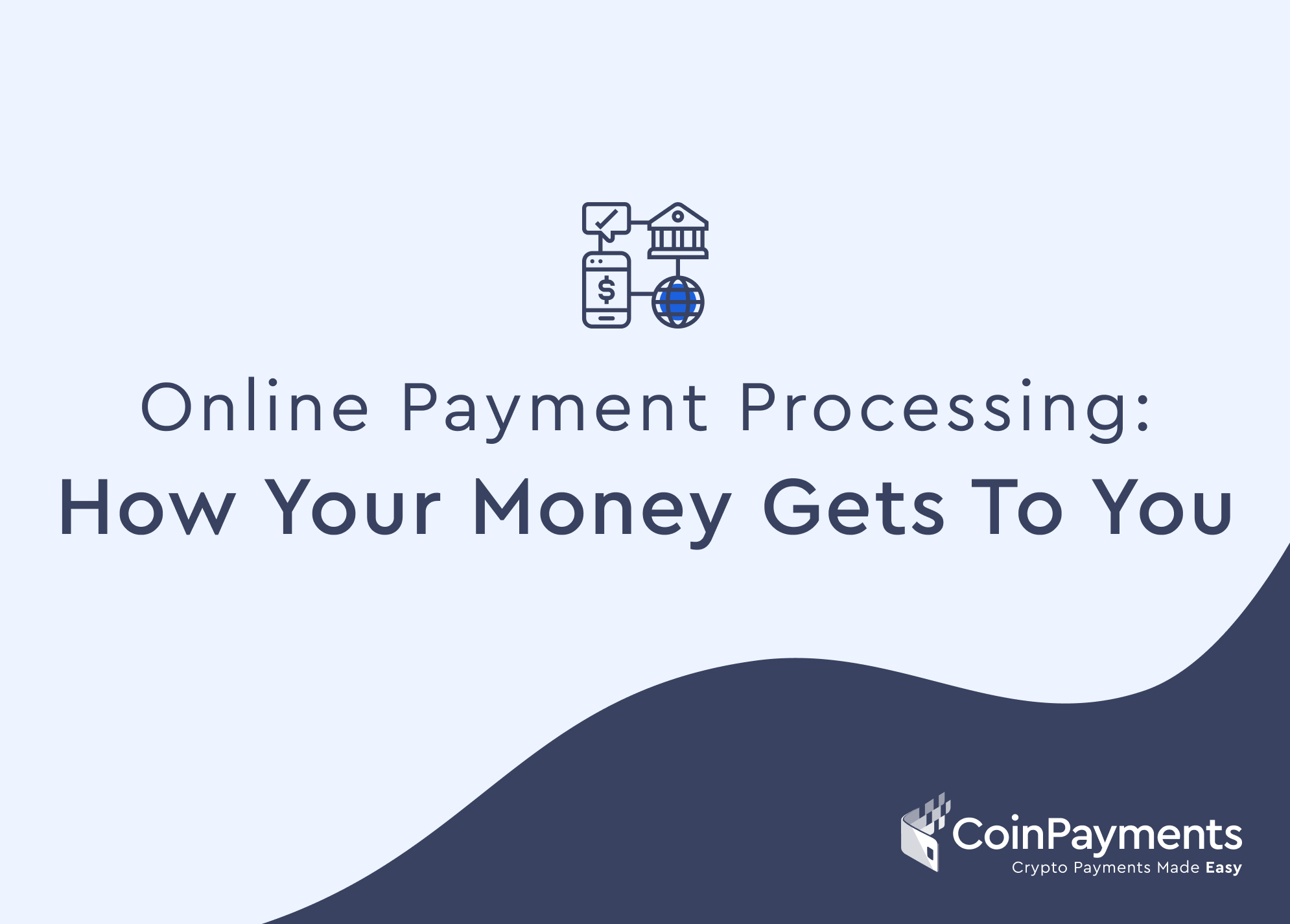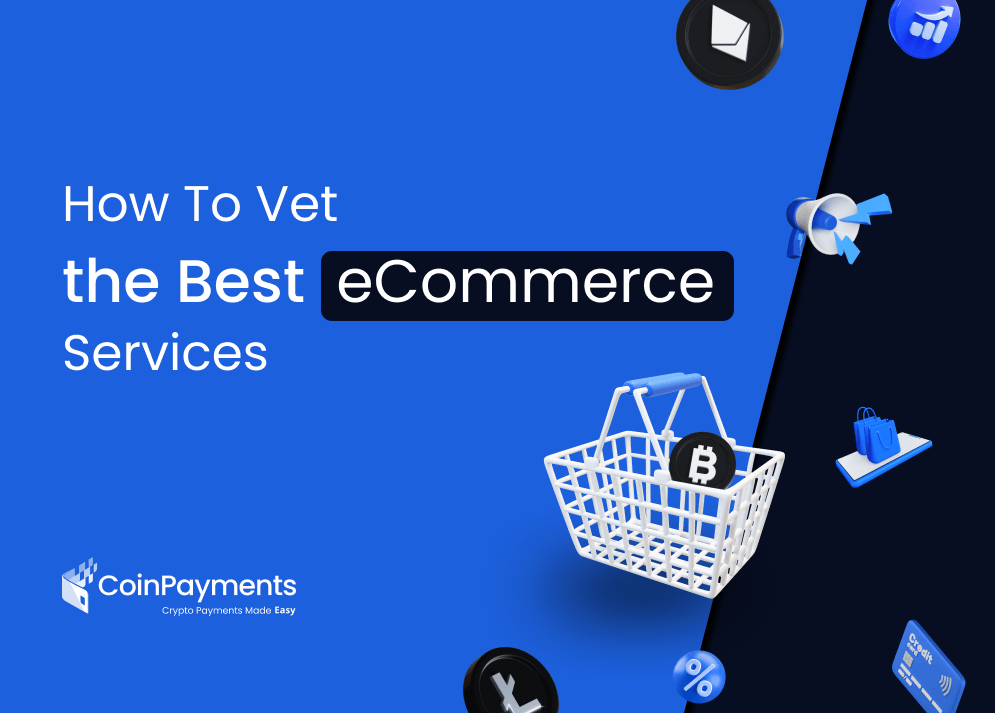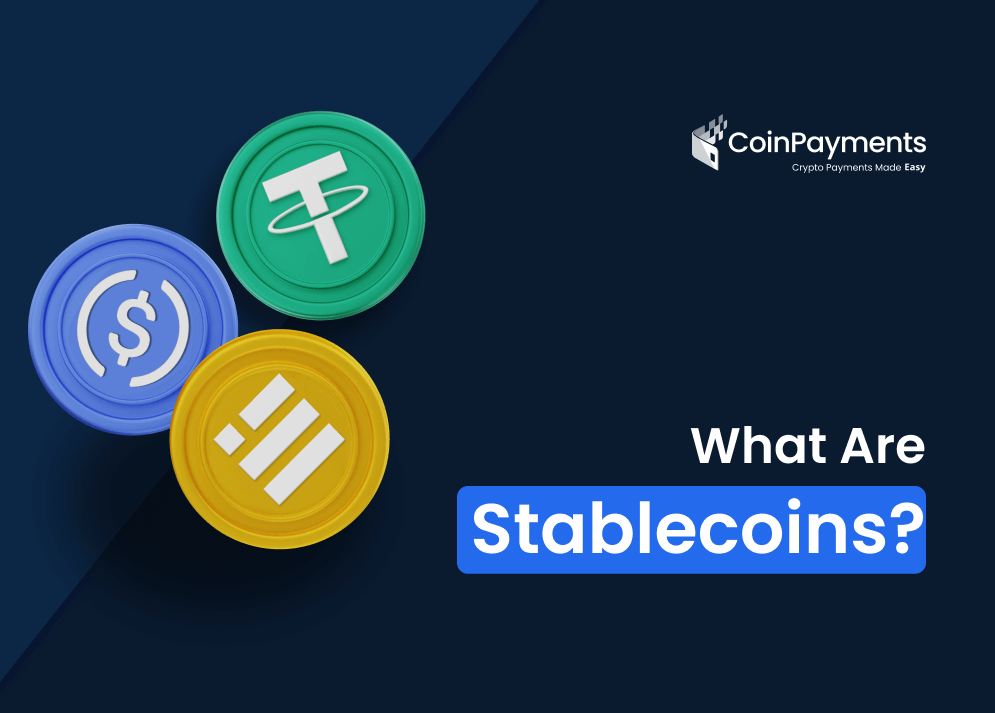
From the ease of transportation in cars, planes, and trains to the colorful world of television or pre-packaged meals, so many previously inaccessible or unreachable things are now within our reach. Almost everyone can now hop in their cars (some of which are fully electric), drive to the nearest coffee shop, touch their phone to the screen, and begin working on their newest online project or business.
And of every modern invention that propels the world forward, perhaps the internet is the most innovative. It allows everyone, no matter where they are, to connect instantly. The internet provides access to the world’s libraries with all the world’s information available to anyone who searches. More than that, eCommerce allows someone halfway across the world to purchase something from another country and have it on their doorstep in just a few days.
If a company is not going to incorporate cryptocurrency payments into their online store, the likelihood is that they will not thrive in the global economy of the future.
But there’s still so much mystery around cryptocurrency and how it works. As a merchant, one of your biggest concerns is getting paid quickly with the ability to exchange crypto for fiat currency you can actually use.
How do cryptocurrency funds finally get to the merchant who sells the product? How does your money get to you in a cryptocurrency transaction? Let’s dive in.
Everyone Involved: Key Participants
In every cryptocurrency transaction there are two key participants (and one that indirectly influences the outcome of the transaction):
- The merchant
- The customer
- The mining network
The merchant has to have a digital wallet to begin accepting electronic payments in the first place. The merchant can create a digital wallet themselves using a software platform, a physical hardware wallet, or, if the payment gateway offers this service, ask them to create and manage one for you. Many cryptocurrency exchanges are now beginning to offer this service.
Secondly, it is the customer who is purchasing from your business. They are obviously a big part of this transaction, but only at the beginning. After they make the initial purchase, they leave the stage, which is now occupied by the merchant bank and the payment processor.
The payment processor takes care of this whole transaction, and through their technology, ensures that every step happens securely and smoothly. Their software guides the transaction process, contacts the banking institution, and issues billing statements when the time comes. Keep in mind, payment processors like PayPal, Adyen, Braintree, and Stripe typically charge exchange fees, even on cryptocurrency transactions.
Receiving Cryptocurrency Payments as an Online Business
The second crucial part of online payment happens as follows.
- The customer decides to purchase a product with cryptocurrency.
- The payment gateway encrypts the transaction data and it is then queued up to be processed on the blockchain.
- Once the transaction is moved onto the transaction block, the transaction block is propagated across the cryptocurrency network. The network depends on which coin is being used. Each coin has its own network.
- Now that the transaction block has been propagated, the transaction is now “live” on the blockchain. This is the fancy way of saying that the transaction has been recorded on the public ledger. At this point, you will receive your crypto funds from the customer.
- The network sends the status of the transaction to the gateway which is labeled as either approved or invalidated.
- You, the merchant, have received your crypto funds in your digital wallet. You can take one of two actions with your newly received crypto funds.
- Keep your cryptocurrency in your crypto account and use it as you see fit.
- Exchange your cryptocurrency for fiat currency.
Exchanging Your Crypto for Fiat Currency
Now that you’ve started accepting cryptocurrency payments, you have funds in your digital wallet that you are ready to spend. Depending on what payment gateway you’re using, they might be able to take care of exchanging your cryptocurrency for fiat currency. There are associated fees that the payment gateway will charge, but this takes out the hassle of having to exchange the funds yourself.
In general, banks are not currently in the business of exchanging crypto funds. Say for example your bank is Bank of America. You wouldn’t be able to go to Bank of America with your crypto funds and ask them to exchange them for fiat currency. It’s just not something the big banks are doing–for now. They are getting left behind in the new digital global economy, so they might change their tune sooner than later.
Until then, if you decide to exchange the funds on your own, you will have to go through a cryptocurrency exchange.
How Exchanges Work
There are many crypto exchanges to choose from, but they all accomplish the same task when it comes to getting you your money.
The Payment Processor’s Cut
Many large, established payment processors such as Visa, Mastercard, American Express have begun to facilitate cryptocurrency payments for their own networks. However, they each require a small fee for their services.
The Merchant Bank’s Cut
For providing the merchant account and providing the services necessary for accepting electronic payments, the merchant bank also requires a small fee that varies depending on the sale amount and other factors like monthly processing fees.
The Payment Processor’s Flat Cut
Oftentimes, the financial institution running the merchant account is also the payment processor. For processing all the payments, they require a flat fee for every purchase that accounts for the processing work they do. Some businesses will add this fee to the transaction amount, so the customer covers it rather than the company.
Something to remember is that these fees usually fall into one of three categories. There is flat-rate pricing: just a flat rate per transaction that isn’t contingent upon an amount—secondly, interchange pricing: a fixed percentage on top of an interchange fee. And, lastly, tiered pricing: the payment processor combines different interchange fees and presents them as different tiers (qualified, non-qualified, and mid-qualified). Usually, the payment processor will choose one of these fee options, and it is the business owner’s responsibility to choose a payment processor that fits their desired fee method.
Payment Processing and Cryptocurrency
In the end, payment processing isn’t that hard to understand. Between the merchant who sells the product, the customer who buys it, and the payment processor/merchant’s bank that processes the payment, verifies its authenticity, and transfers the funds to the business owner’s merchant account, everything happens seamlessly within a matter of moments. Yes, there are fees for everyone who participates in the transaction, but this is to be expected in exchange for a worthwhile business.
As the world becomes increasingly digitized and globalized, it isn’t surprising that cryptocurrencies become an increasingly mainstream option for businesses (even small businesses!). As cash is being phased out in exchange for card payments, so too, it isn’t unlikely that Bitcoin and other cryptocurrencies will displace card payments, which means that companies that don’t accept crypto can’t stay ahead.
Recap
ECommerce is taking over the bulk of purchases from the U.S. to Canada, Europe, Australia, and worldwide. Cryptocurrency The best payment gateways will assure a secure login, secure data, and protect credit card information no matter your setup, protecting users who choose to pay with a digital wallet from their mobile device.
Many payment service providers and platforms have enabled the transference of credit card data and ACH payments to be made securely and expeditiously. As this new shopping cart experience continues to evolve, one can expect payment acceptance to continue to become more convenient and accessible as the technology improves.
Sources:
The Fed – The 2019 Federal Reserve Payments Study



